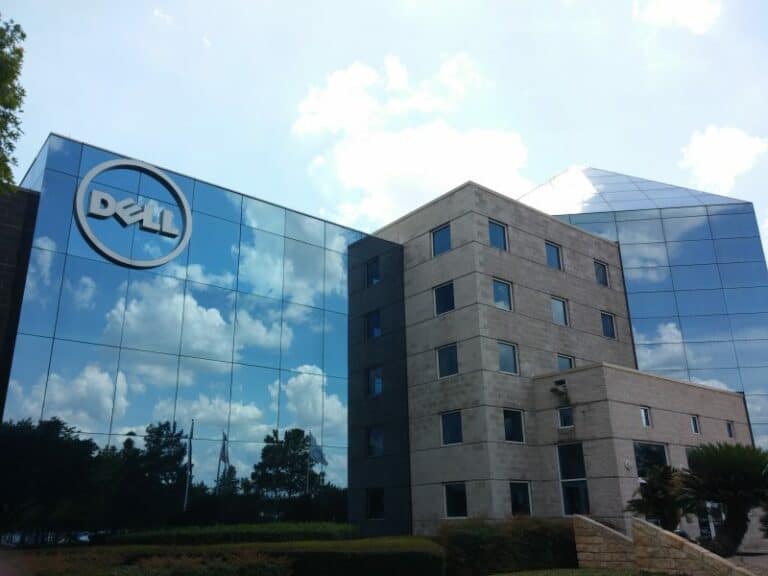Dell Technologies has given its hyper-converged infrastructure (HCI) portfolio a significant upgrade. Additions include both hardware options in the form of PowerEdge servers, new software options and a preview of Azure Stack OS.
The upgrade to the tech giant’s HCI portfolio applies to all its lines. Dell EMC VxRail with VMware virtualization software, the Dell EMC PowerFlex portfolio and the Dell EMC Azure Stack HCI series portfolio that allows companies to deploy Microsoft’s public cloud environment on-premises.
Hardware
On the hardware front, the various HCI portfolios now feature Dell PowerEdge servers equipped with the latest, third-generation, Intel Xeon Scalable CPUs. These new processors should deliver up to 20 percent more performance and higher memory bandwidth for data. Said bandwidth increases the computing power capacity, improving the servers’ suitability for applications that need to process lots of data. AI, machine learning and analytics are some of many examples.
Software
In terms of software, Dell Technologies’ various HCI portfolios are getting lifecycle management improvements in the VxRail HCI Systems Software, PowerFlex Manager and Azure Stack HCI. One of the benefits is improved support for the VxRail HCI Systems Software for various VMware solutions such as NXT and Tanzu. Moreover, various solutions should receive more security functionality.
Updates to Dell’s Azure Stack HCI Portfolio
Another significant development is Dell Technologies’ implementation of its latest Dell EMC Azure Stack HCI series portfolio for on-premises environments, which will be finalized shortly. To this end, the tech giant is releasing a preview of the latest version of the Azure Stack HCI OS. This HCI operating system, suited for the on-premises version of Microsoft’s public cloud, mainly offers new functionality in the area of security. The latter includes applications such as Secured-core server and Infrastructure Lock using OpenManage integration for WAC. According to Dell Technologies, this should prevent unwanted changes to HCI cluster settings.
